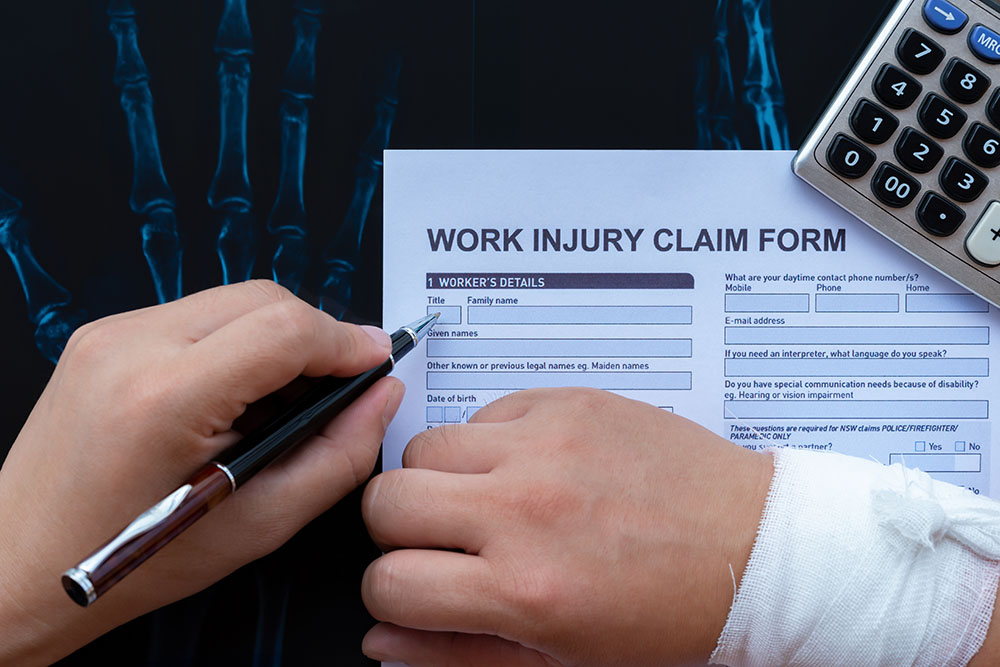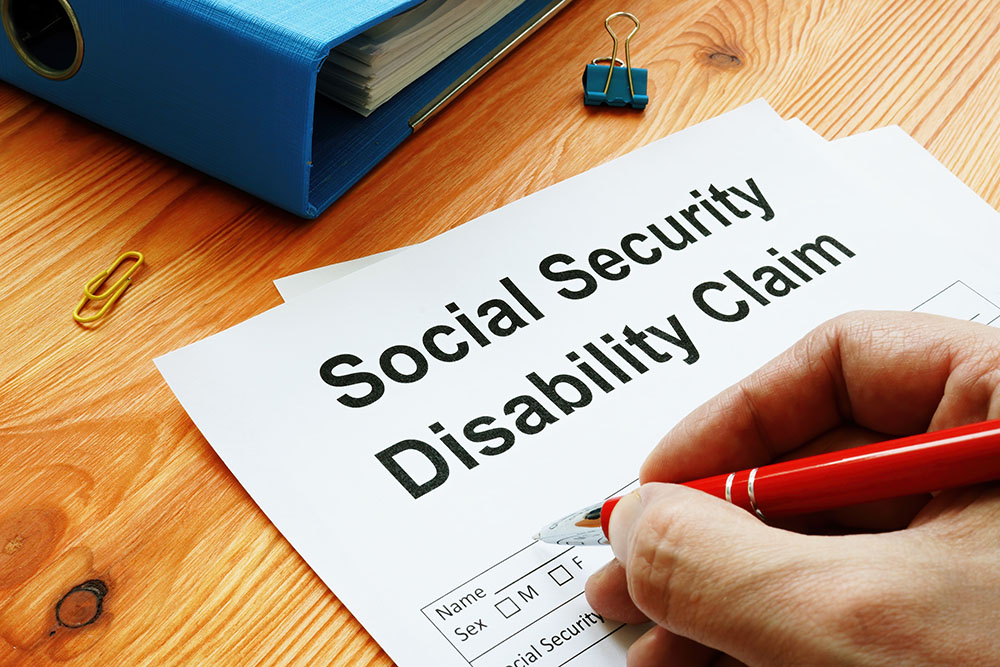Stevens-Johnson Syndrome (SJS) is a rare but serious condition that affects the skin and mucous membranes. It often starts with flu-like symptoms but can quickly progress to painful rashes and blisters. Recognizing SJS early is crucial to get the right treatment and avoid severe complications. This makes it important for healthcare providers to diagnose and treat SJS promptly.
When doctors fail to recognize SJS or misdiagnose it, the results can be devastating. Delays in treatment can lead to more severe symptoms, prolonged recovery times, and even death. This is where medical malpractice may come into play. Medical malpractice happens when a healthcare provider makes a mistake that results in harm to the patient. In cases of SJS, this could mean failing to notice symptoms, misdiagnosing the condition, or not providing the needed treatment in time.
Understanding how medical malpractice occurs in SJS cases can help you protect your rights. If you or a loved one has suffered due to suspected negligence, knowing what steps to take next is essential. This article will guide you through recognizing SJS symptoms, understanding how malpractice can happen, and what to do if you believe you are a victim of medical negligence.
Recognizing SJS: Symptoms and Risks
Stevens-Johnson Syndrome (SJS) is a serious condition that can progress rapidly. It usually starts with flu-like symptoms such as fever, fatigue, and a sore throat. Within a few days, more severe symptoms appear, making early identification crucial.
Key Symptoms of SJS:
1. Rashes and Blisters: Painful red or purplish rashes develop and spread. These rashes can then turn into blisters.
2. Skin Peeling: The skin may start to peel off, leaving raw, exposed areas that are prone to infections.
3. Mucous Membrane Issues: Eyes, mouth, and other areas with mucous membranes may develop painful sores or blisters.
4. General Discomfort: Swelling and redness in affected areas, along with significant discomfort and pain.
Risks of SJS:
– Infections: Exposed, raw areas on the skin are vulnerable to secondary infections.
– Organ Damage: Severe cases may affect internal organs, leading to further complications.
– Long Recovery: Treatment involves hospitalization and can require lengthy recovery times.
Being aware of these symptoms and risks helps in seeking immediate medical attention. Quick intervention can reduce complications and improve outcomes.
How Medical Malpractice Occurs in SJS Cases
Medical malpractice in SJS cases can happen in several ways. Proper and timely diagnosis is key to managing the condition, and failure at any stage can lead to severe harm. Here’s how malpractice can occur:
1. Misdiagnosis or Delayed Diagnosis: SJS symptoms can be mistaken for less severe conditions like allergic reactions or infections. This misdiagnosis delays proper treatment.
2. Failure to Provide Appropriate Treatment: Once diagnosed, immediate cessation of the drug causing SJS and proper care are essential. Failure to do so can worsen the condition.
3. Inadequate Patient Monitoring: Patients with SJS require close monitoring to manage symptoms and prevent complications. Neglecting this can lead to deteriorating health.
Proof of medical malpractice requires showing that the healthcare provider failed to offer the standard level of care, directly causing additional harm. Having clear evidence of negligence and its impact on your health is vital for any legal claim. Understanding these common malpractices can help victims take necessary action and protect their rights.
Proving Negligence: Key Elements in an SJS Malpractice Case
When it comes to proving negligence in SJS malpractice cases, several key elements must be demonstrated. The first step is showing that there was a duty of care. This means that the healthcare provider had a responsibility to offer care that meets medical standards.
Key Elements to Prove:
1. Duty of Care: Establish that a healthcare provider-patient relationship existed, obliging the provider to deliver competent medical care.
2. Breach of Duty: Show that the healthcare provider failed to meet the standard of care. This could be due to misdiagnosis, improper treatment, or lack of timely intervention.
3. Causation: Connect the breach of duty directly to harm suffered by the patient. This means proving that the provider’s negligence led to worsening symptoms or additional health issues.
4. Damages: Demonstrate that the breach resulted in specific damages like medical bills, lost wages, pain, and suffering. Keep detailed records of all related expenses and impacts on quality of life.
Proving these elements requires thorough documentation and evidence. Medical records, treatment timelines, and expert testimonies are often used. Successfully proving negligence can lead to compensation for the harm suffered.
Steps to Take if You Suspect Medical Malpractice in SJS
If you suspect medical malpractice in an SJS case, there are important steps to take. Acting quickly can help protect your health and strengthen your legal position. Here’s a list to guide you:
Action Steps:
1. Seek Immediate Medical Attention: If your symptoms worsen, get a second opinion from another healthcare provider immediately. Quick intervention can reduce the risk of further harm.
2. Gather Documentation: Collect all relevant medical records, including doctor’s notes, test results, and prescriptions. This evidence is crucial for proving your case.
3. Keep a Detailed Journal: Record your symptoms, treatments, and how the condition impacts your daily life. This journal can support your claims of negligence.
4. Consult Legal Counsel: Speak to a lawyer experienced in SJS and medical malpractice cases. They can guide you on legal options and help build a strong case.
5. Collect Witness Information: Gather statements from people who can corroborate your claims, such as family members or other healthcare providers.
Taking these steps promptly can help you manage your health and build a solid legal case. Proper documentation and legal advice are essential for achieving a favorable outcome.
Conclusion
Understanding the complexities of Stevens-Johnson Syndrome and the implications of medical malpractice is vital for protecting your rights. Early recognition of SJS symptoms and understanding how malpractice can occur are key steps in seeking timely medical intervention. Proving negligence involves demonstrating that a healthcare provider’s failure to meet the standard of care directly caused harm. Gathering detailed documentation, seeking immediate medical help, and consulting with legal experts can significantly improve your chances of a successful claim.
If you or a loved one has experienced the severe impacts of a delayed or incorrect SJS diagnosis, you don’t have to navigate this challenging situation alone. Greg Jones Law, P.A. is equipped to help you understand your options and pursue justice. Contact Greg Jones Law, P.A.’s SJS attorneys today to discuss your case and find out how we can assist you in securing the compensation you deserve.




